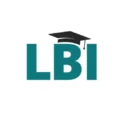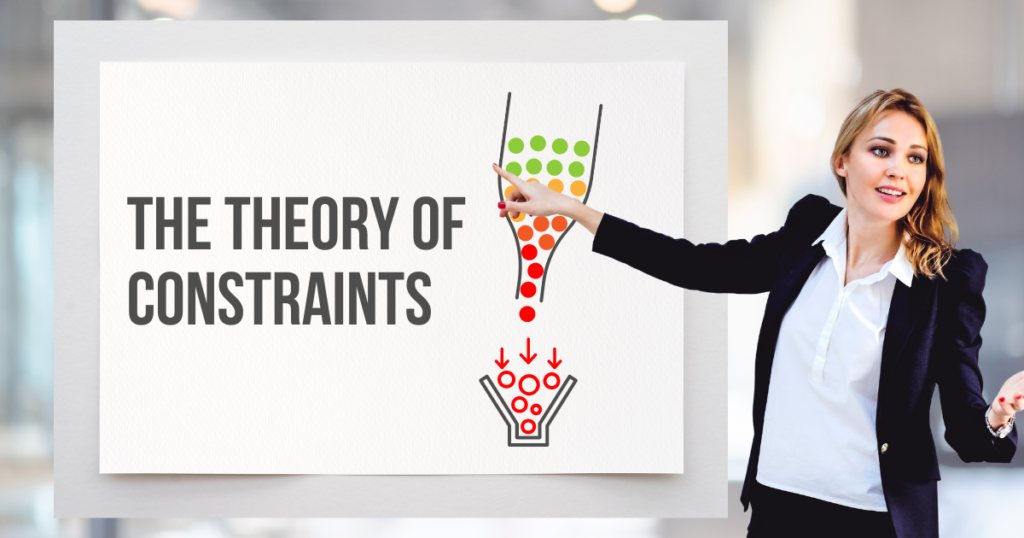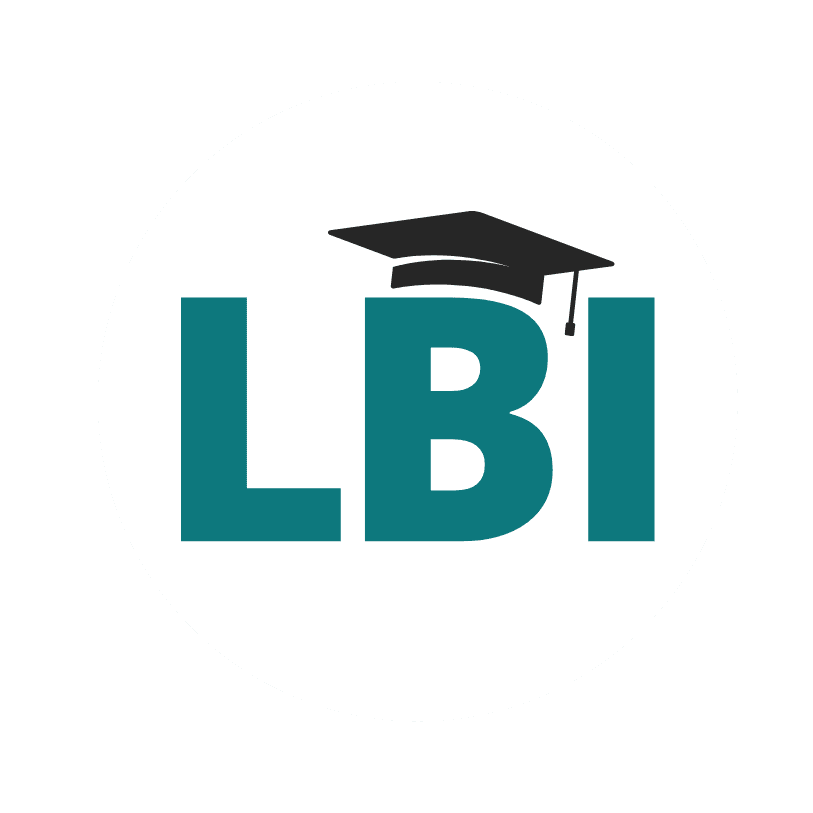Table of Contents
Introduction
Efficiency, in simple terms, pertains to achieving maximum output with minimal input. In this comprehensive guide, we aim to explore the essence of efficiency enhancement, its pivotal role in business, and actionable strategies to elevate productivity while streamlining operations.
Efficiency is the hallmark of effective business operations. It revolves around optimizing resources to yield the best possible results. This blog serves as a complete guide to understanding, implementing, and measuring efficiency within the context of businesses.
Definition of efficiency
Efficiency in a business context refers to the ability to achieve maximum productivity with minimum wasted effort or expense. It involves using resources such as time, materials, and labour in the most economical manner to create goods or services.
Importance of efficiency in business
Efficiency is paramount in business as it directly impacts profitability and competitiveness. Efficient businesses can produce goods or services at lower costs, respond more quickly to customer needs, and allocate resources more effectively. This leads to higher profit margins and a stronger market position.
Key topics discussed in this blog
- Understanding efficiency and its different types
- The need for efficiency enhancement and its impact on business performance
- Strategies and tools for enhancing efficiency
- Implementation of efficiency enhancement strategies
- Measurement and continuous improvement of efficiency
- The future trends in efficiency enhancement
Understanding Efficiency
Explanation of efficiency in the context of business
Efficiency in business refers to refining processes, utilizing resources effectively, and minimizing waste. It encompasses various dimensions, including operational, energy, and time efficiency.
Different types of efficiency (operational, energy, time, etc.)
- Operational Efficiency: This involves optimizing the processes involved in the production and delivery of products or services. It includes streamlining workflows, improving process management, and reducing bottlenecks.
- Energy Efficiency: This pertains to the efficient use of energy in business operations. It includes adopting energy-saving technologies, reducing energy waste, and implementing sustainable practices.
- Time Efficiency: This involves maximizing the use of time to enhance productivity. It includes effective scheduling, prioritizing tasks, and reducing downtime or wait times.
The relationship between efficiency and productivity
Efficiency and productivity are closely related. While productivity refers to the rate of output per unit of input, efficiency measures how well resources are used to achieve this output. Higher efficiency often leads to higher productivity as resources are utilized optimally, leading to increased output with the same or lesser input.
The Need for Efficiency Enhancement
The impact of inefficiency on business performance
Inefficiency can significantly hamper business performance. It leads to waste of resources, increased operational costs, and delays, all of which can affect profitability and customer satisfaction. Inefficiency can also result in lower employee morale as they grapple with redundant processes and obstacles.
Real-world examples of businesses suffering due to inefficiency
Several businesses have faced setbacks due to inefficiency. For instance, a manufacturing company may experience production delays due to outdated machinery or poor supply chain management. A service-oriented company might struggle with customer dissatisfaction due to lengthy response times and mismanaged workflows.
The benefits of enhancing efficiency
Enhancing efficiency brings a plethora of benefits:
- Cost Savings: Efficient operations lower costs by reducing waste and optimizing resource use.
- Improved Quality: Streamlined processes enhance the consistency and quality of products or services.
- Increased Competitiveness: Efficiency gives businesses an edge by enabling quicker response to market demands and improving overall performance.
- Enhanced Customer Satisfaction: Efficient operations improve service delivery times and product quality, leading to higher customer satisfaction and loyalty.
Strategies for Efficiency Enhancement
Lean management and its role in efficiency enhancement
Lean management focuses on minimizing waste and maximizing value. This approach involves identifying and eliminating non-value-adding activities in processes, thereby enhancing efficiency. Lean principles like Just-In-Time (JIT) and Kaizen (continuous improvement) play a crucial role in this strategy.
The Six Sigma approach to improving efficiency
The Six Sigma methodology aims to improve process efficiency by reducing variability and defects. It employs data-driven techniques to identify and eliminate root causes of inefficiencies. Tools like DMAIC (Define, Measure, Analyze, Improve, Control) and DMADV (Define, Measure, Analyze, Design, Verify) are integral to Six Sigma projects.
The use of technology for efficiency enhancement
Technology significantly boosts efficiency:
- Automation: Automating repetitive tasks reduces manual effort and errors, speeding up processes.
- Data Analytics: Analyzing data helps identify inefficiencies and make informed decisions.
- Collaboration Tools: Software like Slack or Microsoft Teams enhances communication and collaboration among teams, reducing delays.
Process improvement techniques for better efficiency
Various process improvement techniques can drive efficiency:
- Value Stream Mapping: This involves mapping out every step in a process to identify and eliminate waste.
- Process Reengineering: This entails redesigning business processes from scratch to achieve dramatic improvements in performance.
- 5S Methodology: Originating from Japan, this method emphasizes Sort, Set in order, Shine, Standardize, and Sustain to organize and maintain a productive workspace.
Implementing Efficiency Enhancement Strategies
Steps to Implement Efficiency Enhancement Strategies
- Assessment: Conduct a thorough assessment of current processes to identify inefficiencies.
- Planning: Develop a clear plan with defined objectives, strategies, and timelines.
- Execution: Implement the chosen strategies, ensuring all stakeholders are informed and on board.
- Monitoring: Continuously monitor progress using relevant KPIs to ensure the strategies are effective.
Challenges in implementing these strategies and how to overcome them
Implementing efficiency enhancement strategies can present challenges such as resistance to change, lack of resources, and inadequate training. Overcoming these requires:
- Effective Change Management: Communicate the benefits and need for change clearly to all stakeholders.
- Resource Allocation: Ensure adequate resources (financial, technical, human) are available.
- Training and Development: Provide necessary training to employees to equip them with skills to adapt to new processes.
Case studies of successful efficiency enhancement implementation
Examining real-world case studies can provide valuable insights:
- Toyota Production System: Toyota’s lean manufacturing approach revolutionized efficiency in the automotive industry.
- General Electric (GE) and Six Sigma: GE’s adoption of Six Sigma led to significant improvements in efficiency and reductions in defects, saving billions of dollars.
Measuring Efficiency
Key Performance Indicators (KPIs) for measuring efficiency
KPIs are essential metrics that quantify efficiency. These may include:
- Production Efficiency: Measures the output rate concerning input.
- Cycle Time: The total time taken to complete a process or produce a product.
- Resource Utilization: Evaluates how effectively resources like labor, materials, and equipment are used.
Tools and techniques for tracking and measuring efficiency
Various tools and techniques help track and measure efficiency:
- Balanced Scorecard: A strategic planning and management system that tracks performance metrics aligned with business goals.
- ERP Systems (Enterprise Resource Planning): Integrates various business processes and provides real-time data for better decision-making.
- Process Mining Tools: Analyze business processes based on event logs to identify inefficiencies and bottlenecks.
The role of continuous improvement in maintaining high efficiency
Continuous improvement, or Kaizen, is crucial in maintaining high levels of efficiency. It involves regularly reviewing and refining processes to enhance performance. This culture of ongoing improvement ensures that businesses remain adaptive and responsive to changes, maintaining efficiency over time.
The Future of Efficiency Enhancement
Emerging trends in efficiency enhancement (AI, automation, etc.)
Future trends shaping efficiency enhancement include:
- Artificial Intelligence (AI): AI can automate complex decision-making processes, predict maintenance needs, and optimize supply chain management.
- Internet of Things (IoT): IoT devices provide real-time data and insights into operational performance, enabling proactive adjustments.
- Robotic Process Automation (RPA): RPA automates repetitive tasks, reducing human error and improving processing speed.
The role of innovation in future efficiency enhancement strategies
Innovation will play a pivotal role in future efficiency strategies. Embracing new technologies and innovative management practices will drive continuous efficiency gains. Businesses will need to foster a culture of innovation, encouraging creative solutions and adoption of the latest advancements.
Predictions for the future of efficiency in business
The future of business efficiency looks promising with technological advancements. Predictive analytics will allow businesses to anticipate and address inefficiencies proactively. Blockchain technology might streamline and secure supply chains. Remote work technologies will continue to evolve, enabling more effective collaboration and reducing downtime.
Conclusion
Efficiency enhancement is indispensable for business success. It drives productivity, reduces costs, and improves overall performance. As we’ve explored, understanding the types of efficiency, implementing strategic enhancement measures, and continuously measuring and improving processes are key to achieving optimal efficiency.
To all businesses embarking on this journey, remember that efficiency is not a one-time project but a continuous effort. Embrace change, leverage technology, and foster a culture of continuous improvement to maximize your business potential.
FAQs
What is efficiency in business?
Efficiency in business refers to the ability to achieve maximum output with minimum input by optimizing the use of resources such as time, materials, and labor.
How does efficiency impact profitability?
Higher efficiency reduces operational costs, increases productivity, and enhances customer satisfaction, all of which contribute to higher profitability.
What are some common obstacles to enhancing efficiency?
Common obstacles include resistance to change, lack of resources, and inadequate training.
How can technology improve business efficiency?
Technology improves efficiency through automation, data analytics, and collaboration tools, which streamline processes and reduce errors.
Why is continuous improvement important for maintaining efficiency?
Continuous improvement ensures that business processes are regularly reviewed and refined, maintaining high levels of efficiency and adapting to changes proactively.
If you have any questions regarding efficiency enhancement or wish to explore specific strategies for your business, feel free to reach out to us.











